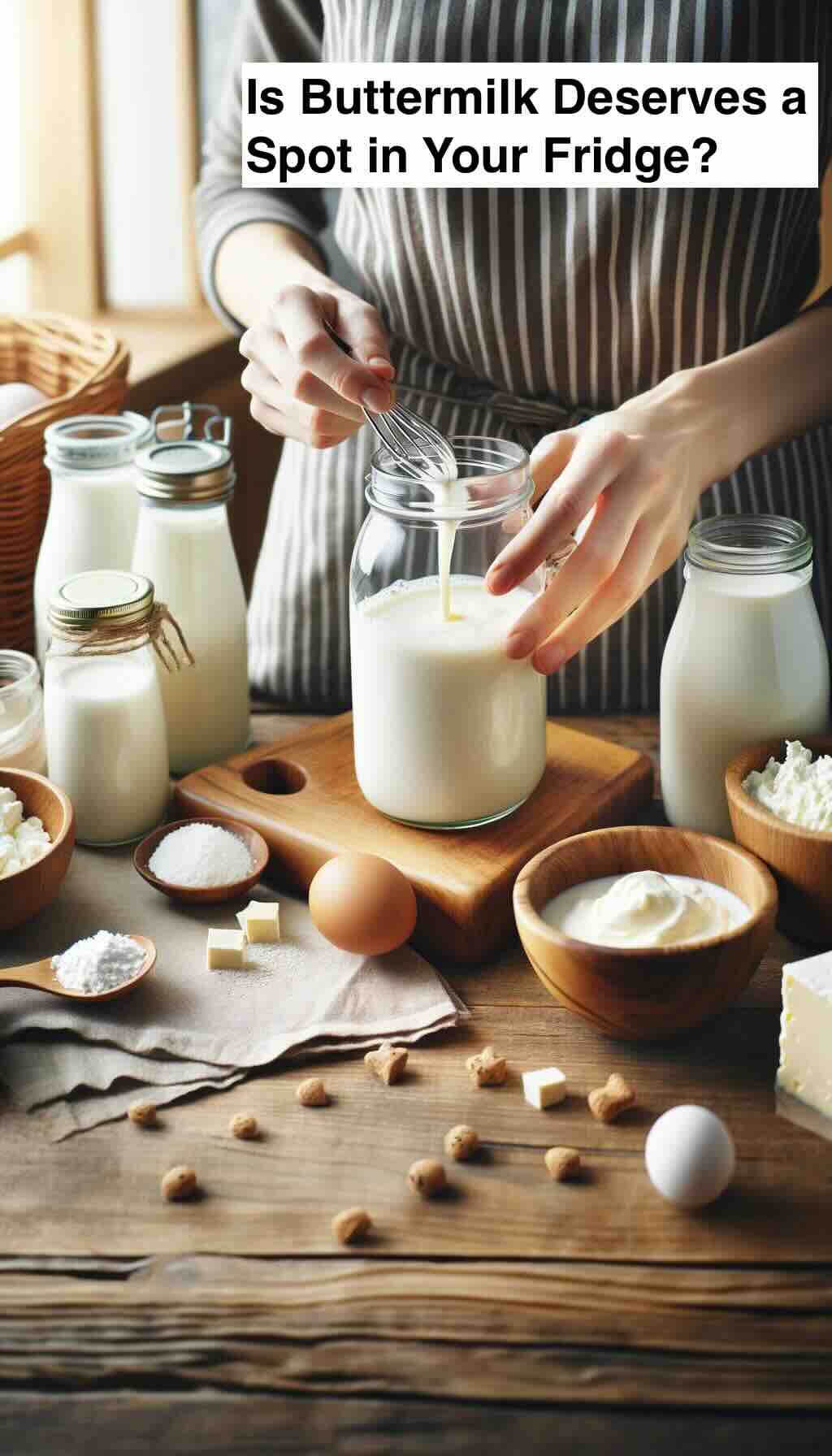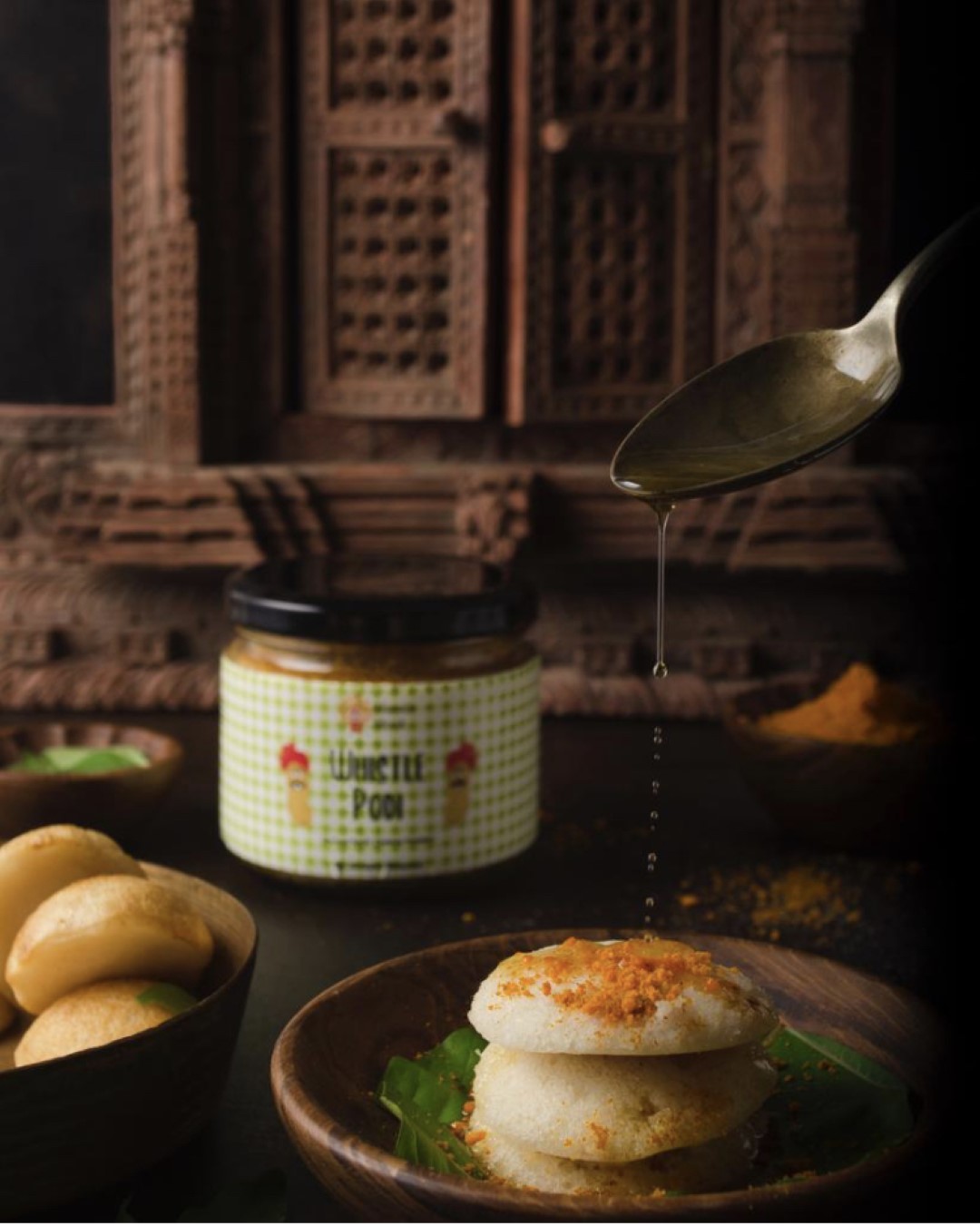
Soy sauce: a condiment that transcends cultures, bringing a depth of flavor to dishes that is unmatched by any other. But beyond its ubiquitous presence on our dining tables and in our recipes, what do we really know about this ancient sauce? In this definitive guide, we dive deep into the world of soy sauce, exploring its origins, health benefits, varieties, and culinary uses, equipping you with the knowledge to elevate your cooking to new heights.
The Essence of Soy Sauce
Originating from China over 2,000 years ago, soy sauce is the result of fermenting soybeans with wheat, salt, and a fermenting agent like Aspergillus oryzae. This complex process, which can last from a few months to years, develops the rich, umami-packed flavor that soy sauce is renowned for. Today, it’s an indispensable ingredient in kitchens around the globe, celebrated for its versatility and depth of flavor.
Health Benefits: More Than Just a Flavor Enhancer
While soy sauce is often noted for its high sodium content, its health benefits deserve recognition. Rich in antioxidants, amino acids, and trace minerals due to the fermentation process, soy sauce offers more than just taste:
- Anti-allergenic Properties: Certain soy sauce types contain shoyu polysaccharides, which have shown potential in combating allergies.
- Gut Health: The fermentation process encourages the growth of beneficial bacteria, contributing to a healthy gut microbiome.
Moderation is key, however. Opting for low-sodium varieties or tamari (a gluten-free alternative) can help manage intake without sacrificing flavor.
Navigating the World of Soy Sauce
Soy sauce comes in an array of types, each suited to different culinary applications:
- Light Soy Sauce: Thin and salty, it’s ideal for seasoning without darkening the color of dishes.
- Dark Soy Sauce: Thicker, darker, and less salty, it adds color and richness to dishes.
- Tamari: A byproduct of miso paste, offering a richer flavor with little to no wheat content.
- Sweet Soy Sauce: Enhanced with added sugar or sweeteners, perfect for balancing flavors.
Understanding these varieties allows you to select the best soy sauce for your dish, whether you’re marinating meat, dressing a salad, or dipping sushi.
Culinary Mastery with Soy Sauce
To harness the full potential of soy sauce in your cooking, consider these tips:
- Balance is Key: Use soy sauce to enhance, not overpower, your dishes. Start with small amounts and adjust to taste.
- Experiment with Varieties: Each type of soy sauce can bring a different dimension to your dishes. Experiment to find your favorites.
- Marinades and More: Beyond stir-fries and marinades, try adding soy sauce to soups, stews, and even cocktails for an umami boost.
The Verdict on the Best Soy Sauce
So, which soy sauce reigns supreme? The truth is, the “best” soy sauce is subjective, dependent on personal taste and the specific requirements of a dish. The journey to finding your preferred soy sauce is one of experimentation and discovery, tasting your way through the varieties until you find the one that resonates with your palate.
Embracing Soy Sauce in Your Culinary Adventure
Armed with the knowledge of soy sauce’s rich history, health benefits, and culinary applications, you’re now equipped to explore the full potential of this ancient condiment in your cooking. Whether you’re a seasoned chef or a home cook, incorporating soy sauce into your culinary repertoire can transform simple ingredients into extraordinary meals, proving that great flavors truly do come in small bottles.
Dive into the world of soy sauce, and let your taste buds lead you on a journey of discovery, where each drop holds the promise of flavor, tradition, and innovation. Happy cooking!
FAQs for the Soy Sauce Guide
1. What is soy sauce made from?
Soy sauce is traditionally made from soybeans, wheat, salt, and a fermenting culture such as Aspergillus oryzae.
2. Are there different types of soy sauce?
Yes, there are several types, including light soy sauce, dark soy sauce, tamari (gluten-free), and sweet soy sauce, each with unique flavors and uses.
3. Can soy sauce be used in vegetarian or vegan dishes?
Absolutely, soy sauce is plant-based and can enhance vegetarian and vegan dishes with its rich umami flavor.
4. Is soy sauce healthy?
Soy sauce offers health benefits like antioxidants and anti-allergenic properties. However, due to its high sodium content, it’s best used in moderation or opting for low-sodium versions.
5. How should soy sauce be stored?
Store soy sauce in a cool, dark place. Once opened, keeping it refrigerated will maintain its quality and flavor.
6. Can soy sauce go bad?
While soy sauce has a long shelf life, its flavor can diminish over time. If stored properly, it can last for several months to a few years.
7. Is there a difference between Chinese and Japanese soy sauce?
Yes, Chinese soy sauces are typically saltier and have a simpler flavor profile, while Japanese soy sauces (shoyu) are usually a bit sweeter and more complex in flavor.
8. How can I use soy sauce in cooking?
Soy sauce can be used in marinades, dressings, sauces, stir-fries, and even some desserts. It’s a versatile condiment that adds depth and umami to dishes.
9. Is soy sauce gluten-free?
Traditional soy sauce contains wheat, but gluten-free options like tamari are available for those with gluten sensitivities or celiac disease.
10. Can I substitute soy sauce in recipes?
If you’re out of soy sauce, you can substitute it with tamari, liquid aminos, or even a mixture of Worcestershire sauce and water in a pinch.
Blog Tags for “Soy Sauce Saga: Are You Drizzling, Dipping, and Cooking Right?”
soy sauce, culinary guide, umami, cooking tips, health benefits, vegetarian, vegan, fermentation, condiments, flavor enhancement











